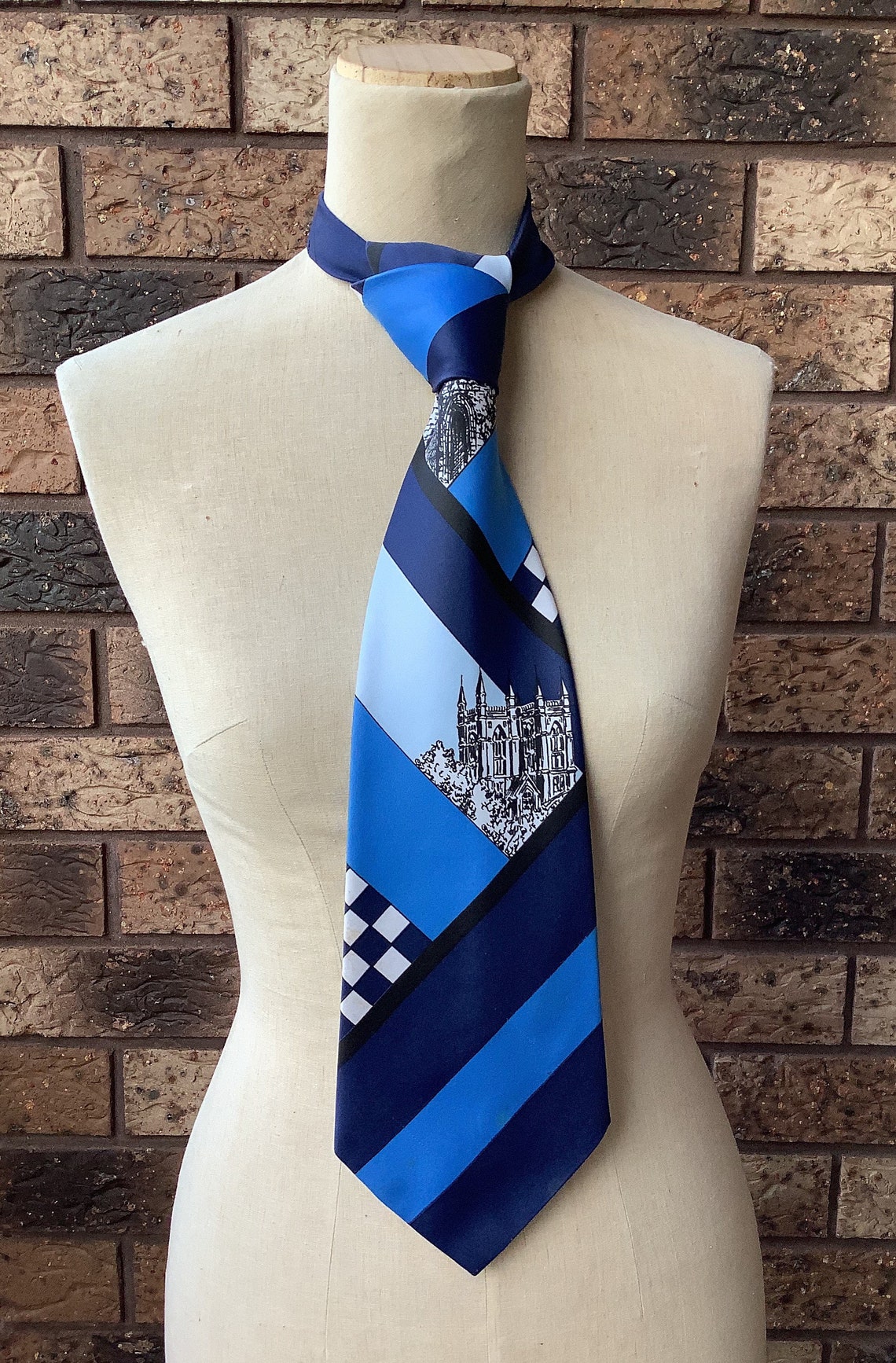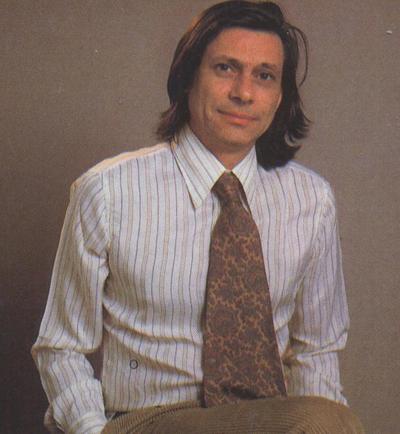

They have been worn by baby boomers that like gold panning, and has even become work appropriate up north of the United States.

The latter two have signed laws making the neckwear official for their states as well. It became very popular in the 1970s when in 1971 it became the official neckwear of Arizona and New Mexico and Texas. However, since the invention of the Bola tie in the 1940s, the stigma surrounding wearing it at formal occasions has subsided, and it is now considered more or less formal wear. They are usually considered as a casual or informal item that is to be worn at celebratory occasions and not at formal meetings. Bola ties can be made with bottle openers, refrigerator magnets, valuable coins, clips, etc. These ties are usually considered as jewelry items and are widely available with luxury clasps and pins. It is also worn in a knot beneath the collar and covers the collar button. It usually has a metal or plastic clasp that secures it. Bolo/Bola TieĪ Bolo or Bola tie is a necktie that is made of a piece of cord or braided leather with metal tips at both ends. It can be paired with a seersucker suit in the Southern states. The bowtie can be a fun alternative to the necktie and can be used in a variety of settings from galas to balls to cocktail parties that require everyday wear. They are worn at highly formal events like formal dinners, ceremonies, and celebrations.

They are knotted in a way that they form bows with a small knot in the middle. They are narrow in the middle and wide at both ends. Bowtieīowties are symmetrical ties, which are much smaller than neckties. Ascot ties generally sport more colorful designs than Apron neckties and are considered luxury wear, not suitable for workspaces. It is worn looped over and is usually held in place with a scarf pin. It covers a significant portion of the throat line below the chin and is knotted several times. The Ascot necktie is worn under the dress shirt but over the undershirt. Apron Neckties can come in several shapes and sizes, and they are usually worn with formal suits. These styles include the Windsor or the Half-Windsor knot, popularized by the Duke of Windsor in the 1920s, and the Persian knot or the simple four in hand knot. The tie can be tied into several different knots, some of which are considered more common or more acceptable in formal settings than others. It is a long piece of cloth that is pointed at both ends, one of which is larger and wider than the other. The apron necktie is the most common of all neckties.


 0 kommentar(er)
0 kommentar(er)
